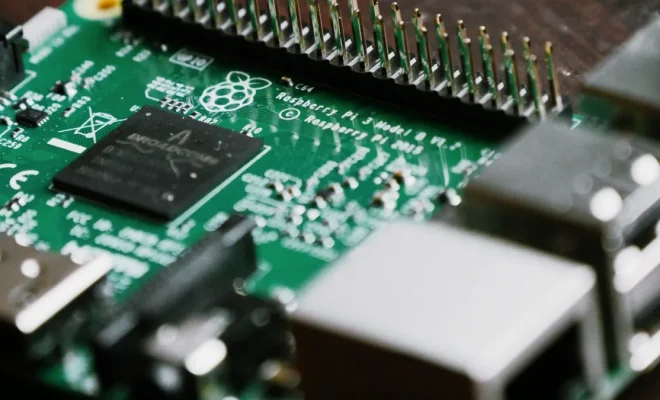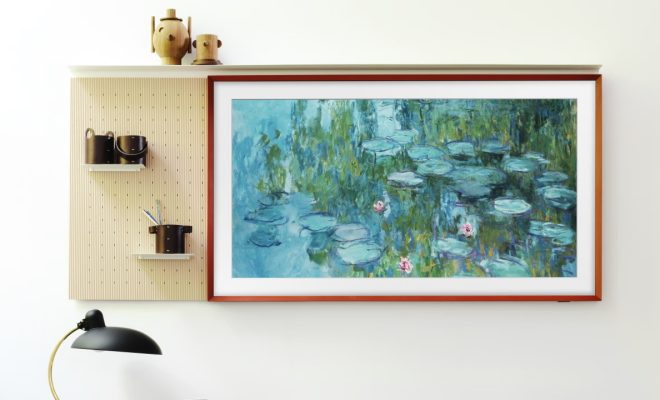Turn an Old Monitor into a Wall Display with a Raspberry Pi

Introduction:
A wall display is an attractive and practical addition to any room, but purchasing one can be quite expensive. Luckily, there is a cost-effective alternative: turn an old computer monitor into a wall display with a Raspberry Pi! In this article, we will guide you through the process of creating your own custom wall display using a Raspberry Pi and an old monitor.
Materials Needed:
1. An old computer monitor (preferably with an HDMI input)
2. A Raspberry Pi (any model will work, but a Raspberry Pi 3 or 4 is recommended for better performance)
3. Micro SD card (at least 8GB)
4. HDMI cable
5. USB keyboard and mouse
6. Power supply for the Raspberry Pi
7. Optional: VESA mount for attaching the monitor to the wall
8. Optional: slim HDMI adapter or cable
Step-by-Step Guide:
1. Prepare the monitor:
– Disconnect any cables from the monitor and clean it thoroughly.
– If you want to hang the monitor on the wall, attach a VESA mount to the back of the monitor following the manufacturer’s instructions.
2. Set up your Raspberry Pi:
– Download the Raspberry Pi OS (formerly Raspbian) from the official website and write it onto your micro SD card using a tool like Etcher.
– Insert the micro SD card into your Raspberry Pi.
– Connect your USB keyboard and mouse to the Raspberry Pi.
– Plug in your power supply to turn on your Raspberry Pi.
3. Connect your Raspberry Pi to the monitor:
– Use an HDMI cable to connect your Raspberry Pi to your monitor’s HDMI port.
– If space is tight behind your setup, use a slim HDMI adapter or cable.
4. Configure your Raspberry Pi:
– Once connected, you should see the desktop on your monitor. Follow the setup prompts to configure your Raspberry Pi with your preferred keyboard layout and timezone.
– Update your Raspberry Pi by opening the terminal and typing the following commands:
sudo apt-get update
sudo apt-get upgrade
5. Customize your display:
– To add content to your wall display, you can install a variety of apps and tools depending on your preferences.
– For weather updates, install a weather app like “Weather-Desklet” or “Conky.”
– For news feeds or social media updates, use RSS feed readers like “Newsboat” or “Liferea.”
– You can also display calendars, photos, and other custom content with various tools available for Raspberry Pi.
6. Optional: Set up an auto-start for your display:
– To have your Raspberry Pi automatically start displaying content when it powers on, you can edit the configuration file. In the terminal, type:
cd /home/pi/.config/lxsession/LXDE/
sudo nano autostart
– Add the following line to the end of the file:
@chromium-browser –kiosk –incognito [URL of preferred content]
– Replace [URL of preferred content] with a link to a webpage featuring your desired content.
7. Enjoy your new wall display!
– With everything set up and configured, enjoy your new wall display that provides useful information at a glance!
Conclusion:
Creating a custom wall display with a Raspberry Pi is both a practical and cost-effective
alternative to commercial displays. The versatility of a Raspberry Pi allows you to personalize and customize the content to suit your needs and preferences. So why not transform that old computer monitor into a sleek, modern wall display today?




